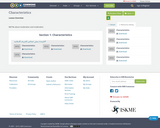
Bdf file about moderation and moderation
- Subject:
- Religious Studies
- Material Type:
- Textbook
- Author:
- sara zi
- Date Added:
- 12/11/2019

Bdf file about moderation and moderation

This video segment adapted from NASA describes the basic characteristics of our star, the Sun.
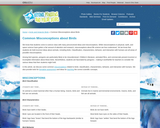
This article discusses misconceptions about birds (and penguins in particular). It provides tools for formative assessment and ideas for teaching correct scientific concepts.

The course begins with the basics of compressible fluid dynamics, including governing equations, thermodynamic context and characteristic parameters. The next large block of lectures covers quasi-one-dimensional flow, followed by a discussion of disturbances and unsteady flows. The second half of the course comprises gas dynamic discontinuities, including shock waves and detonations, and concludes with another large block dealing with two-dimensional flows, both linear and non-linear.
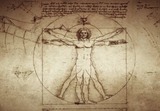
Students will be discussing body parts, make a body outline, and discussing individual characteristics.

In this activity, students learn and practice characteristics and play their roles by using related vocabulary.
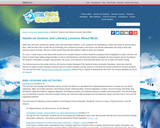
This article provides links to lessons and units about birds, bird characteristics, and penguins. Ideas for literacy integration are included, and all lessons are aligned to national standards.

Without air, balloons and birds and airplanes couldn't fly. But since you can't taste, see, or often even feel air, how can you prove it's really there?
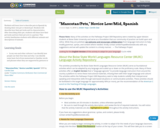
Students will learn how to describe pets in Spanish by drawing their own pet or desired pet. Students will describe how their pet looks and its characteristics. After describing their pet, students will share how their pet looks and how their pet acts to a partner. This activity familiarizes students with different animals and descriptions of animals.
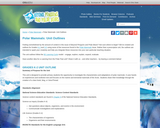
This article assembles free resources from the Polar Mammals issue of the Beyond Penguins and Polar Bears cyberzine into a unit outline based on the 5E learning cycle framework. Outlines are provided for Grades K-2 and 3-5.

This article provides an overview of the geography, characteristics, and life of the Arctic and Southern Oceans.

18.311 Principles of Continuum Applied Mathematics covers fundamental concepts in continuous applied mathematics, including applications from traffic flow, fluids, elasticity, granular flows, etc. The class also covers continuum limit; conservation laws, quasi-equilibrium; kinematic waves; characteristics, simple waves, shocks; diffusion (linear and nonlinear); numerical solution of wave equations; finite differences, consistency, stability; discrete and fast Fourier transforms; spectral methods; transforms and series (Fourier, Laplace). Additional topics may include sonic booms, Mach cone, caustics, lattices, dispersion, and group velocity.
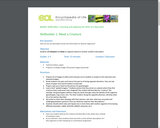
Students practice making observations, describing physical characteristics of organisms, and interpreting information. In pairs, students sit back to back; one student describes a creature and the other draws based on the partner’s description.
Educators Guide for this unit:
http://education.eol.org/lesson_plans/2-5_ScienceSkills_BioblitzSkillbuilderOverview.pdf
Lessons in this unit:
Biodiversity Skillbuilder 1: Meet a Creature
Biodiversity Skillbuilder 2: ID That Bird!
Biodiversity Skillbuilder 3: How Diverse is Biodiversity?
Biodiversity Skillbuilder 4: Modeling Classification
Biodiversity Skillbuilder 5: ID Using a Dichotomous Key
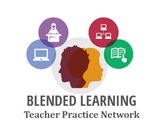
In this problem-based, blended learning mondule, students will investigate what is the single - most defining trait that makes us human? Is it our highly developed speech, our imagination, creativity, or our upright walking posture? Humans have mastered fire, developed tools, art, music, recorded our history, and accomplished a countless number of other things. In this module, students will explore genetics concepts regarding inheritance, natural selection, biology of the human brain, and our hominid evolution over the last two hundred thousand years. Students will utilize guided research, and independent work to formulate an argumentative essay, and substantiating their claim with evidence from their research. When the argumentative essay is completed, students will create a project from a choice board that demonstrates their understanding of one of the concepts of our humanity.